WOW! NASA Hubble Space Telescope captures 11-bn-year old supernova explosion
In an amazing achievement, NASA’s Hubble Space Telescope captured a massive supernova explosion, which may be among the first ever in Universe.
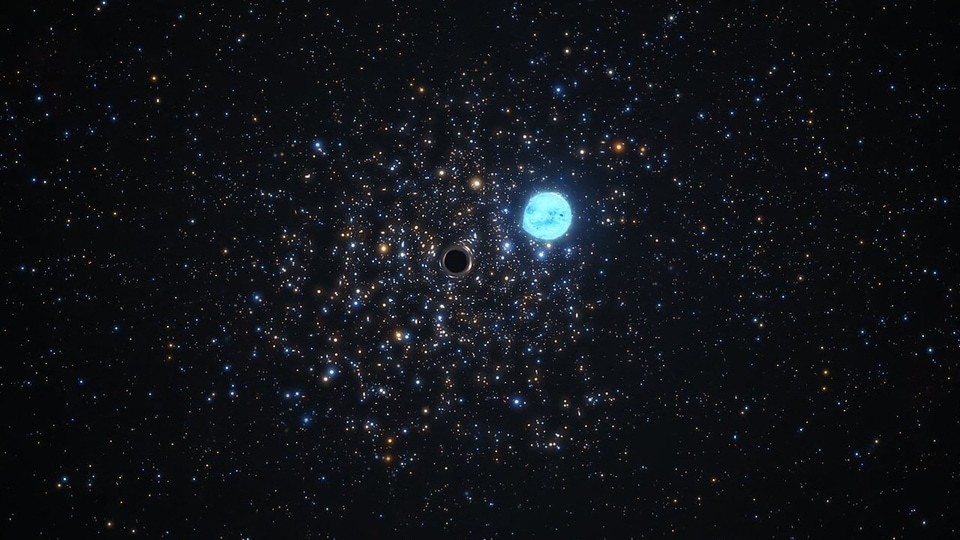
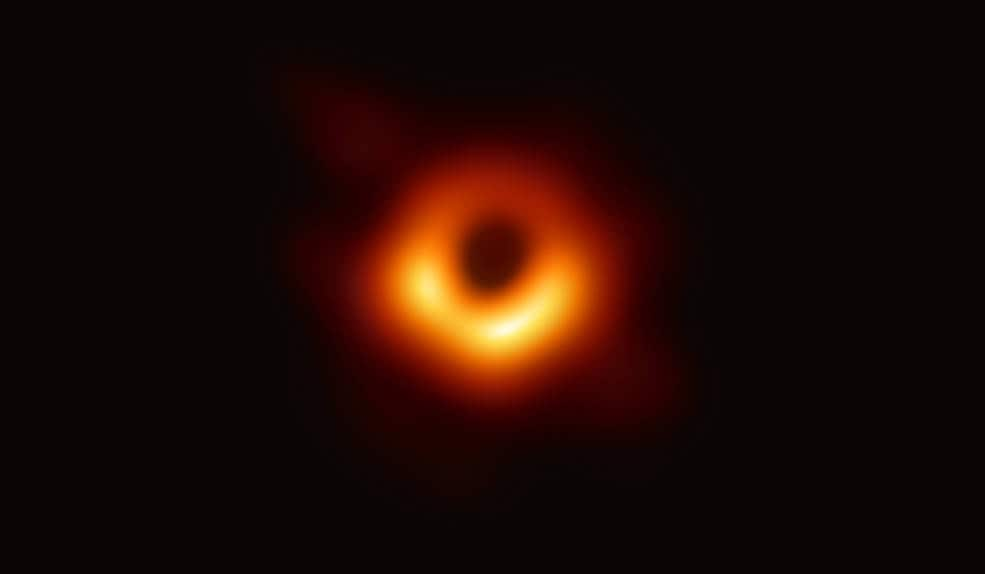
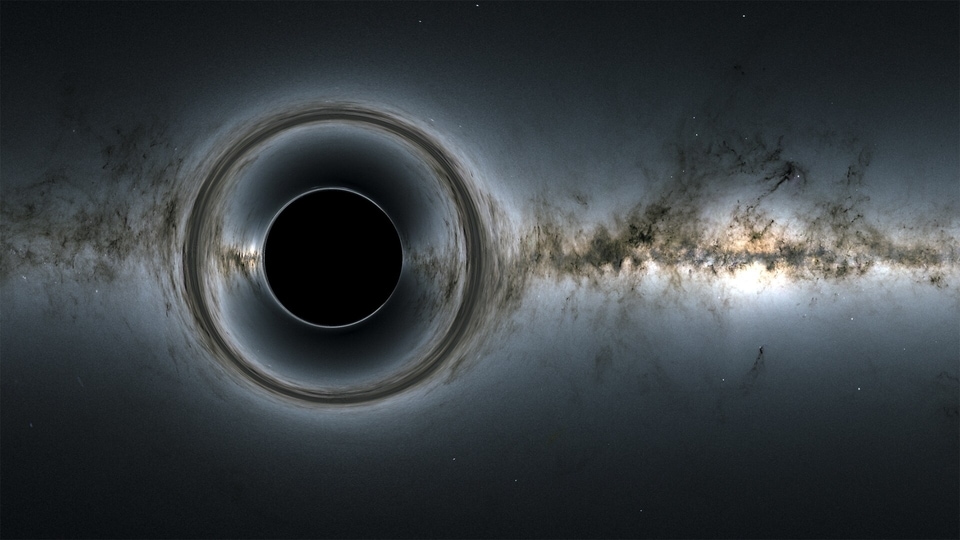
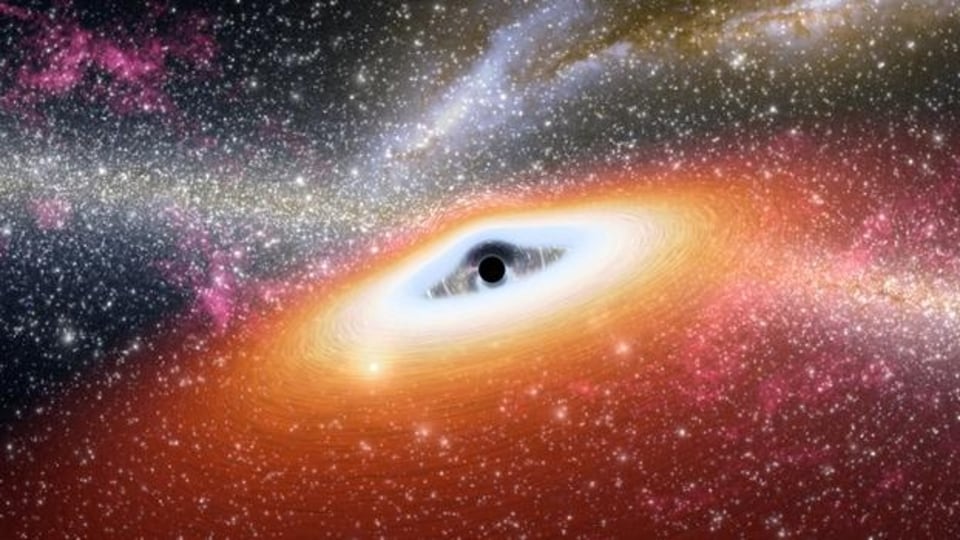
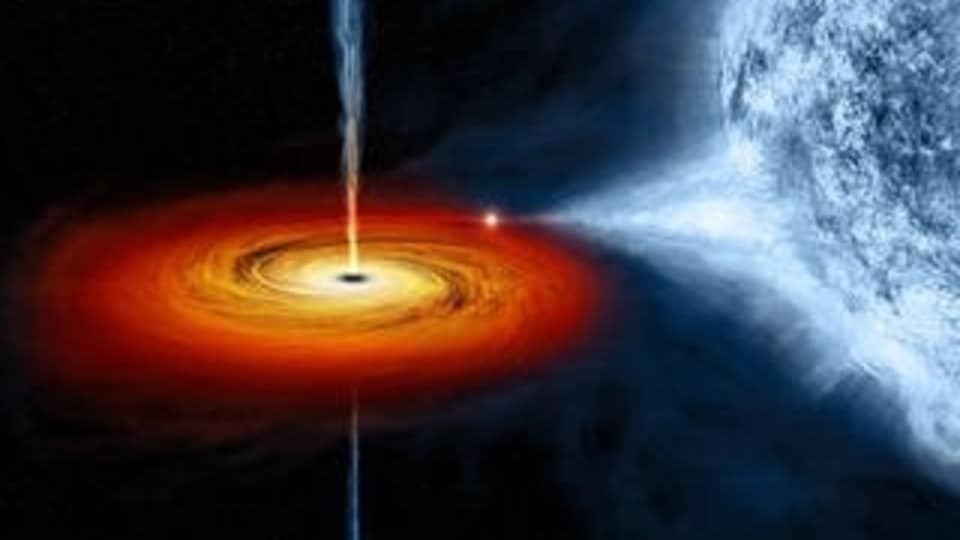
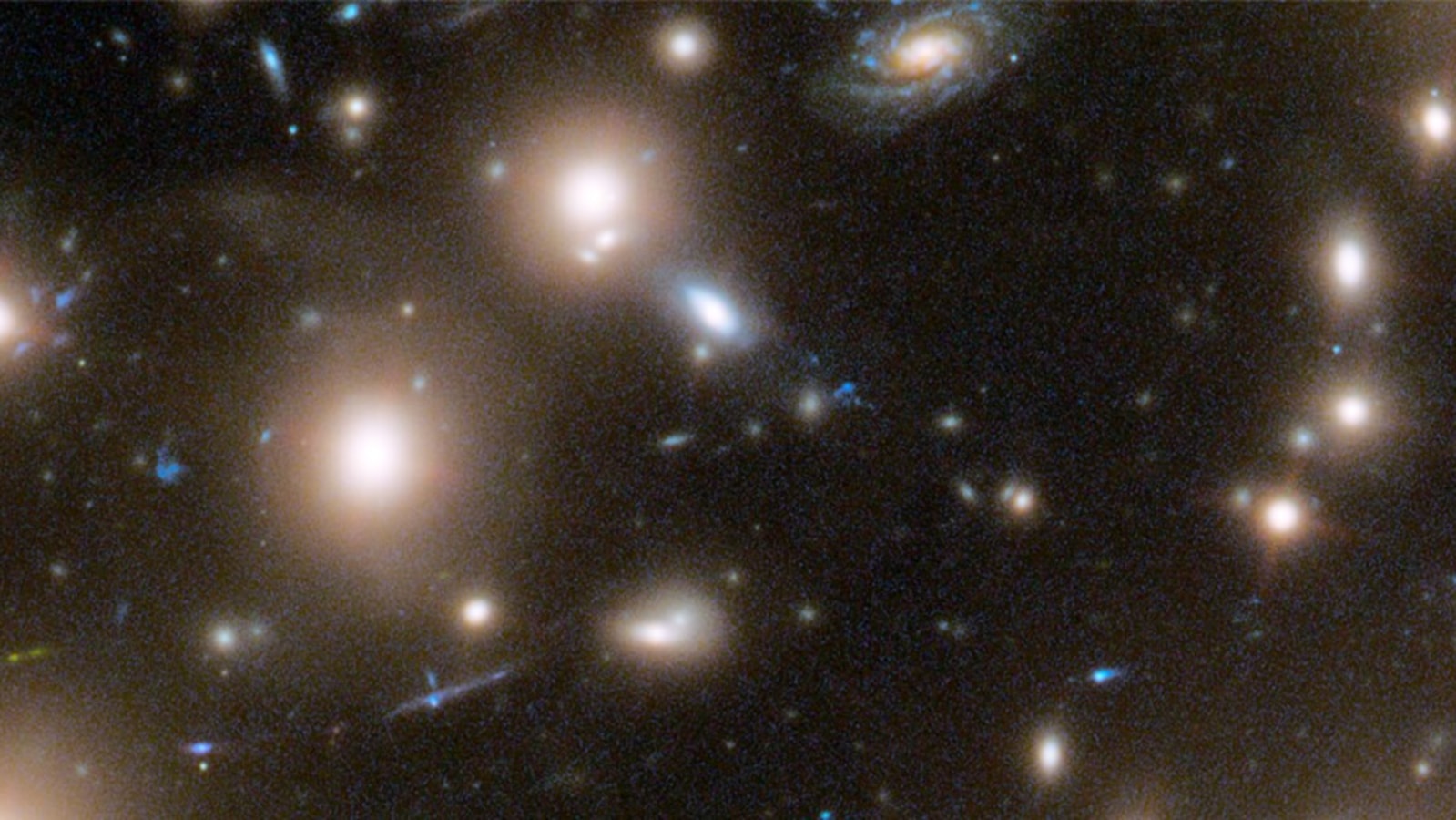
 View all Images
View all ImagesNASA's Hubble Space Telescope did something extraordinary! It captured light from a star that exploded over 11 billion years ago not just as one postcard from the remote past but as three phases from the star's explosion to fading away over a period of one week. However, NASA's Hubble Space Telescope captured the three different moments in a far-off supernova explosion in a single snapshot. This explosion dates back to the time when the universe was even less than a fifth of its current age, which is 13.8 billion years.
"It is quite rare that a supernova can be detected at a very early stage, because that stage is really short. It only lasts for hours to a few days, and it can be easily missed even for a nearby detection. In the same exposure, we are able to see a sequence of the images—like multiple faces of a supernova,” Wenlei Chen, the first author of the research explained.
How Hubble Space Telescope captures blast from the past
You must be wondering how it was possible to capture the supernova explosion light from 11 billion years ago. NASA shed light on this mystery! The space agency says that it was possible via a phenomenon called gravitational lensing. It was first predicted in Einstein's theory of general relativity. However, in this case, the gravity of the galaxy cluster Abell 370 worked as a cosmic lens, which helped to bend and magnify the light from the distant supernova located behind the cluster.
In other terms, this process produced multiple images of the explosion over a different period of time but all of them arrive at Earth at the same time and were captured by the Hubble telescope in one image.
Amazingly, the red supergiant whose supernova explosion has been observed via Hubble was about 500 times larger than the Sun.
Why this supernova explosion image is crucial
This image by NASA's Hubble Space Telescope is the first detailed glimpse at a supernova from the history of the early universe. Not just that, this research will help scientists learn more about how the stars and galaxies formed in the early universe. NASA says that these supernova explosion images are also crucial because they show the early stages of a stellar explosion.
Catch all the Latest Tech News, Mobile News, Laptop News, Gaming news, Wearables News , How To News, also keep up with us on Whatsapp channel,Twitter, Facebook, Google News, and Instagram. For our latest videos, subscribe to our YouTube channel.




























